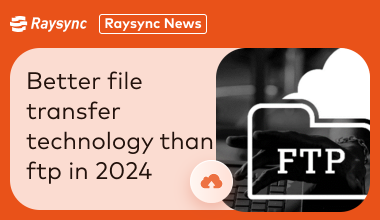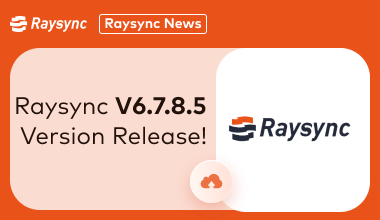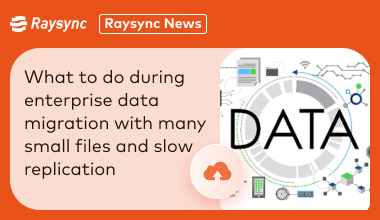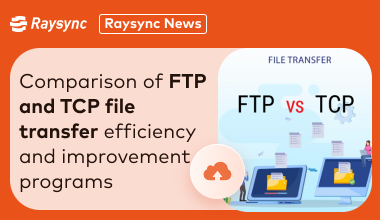Filter News
Raysync News

Raysync News
February 23, 2024Than the traditional ftp higher performance, stronger security and more flexible application scenarios of file transfer technology, gradually become the new favorite of enterprise data transfer.

Raysync News
February 22, 2024Radius is back with a fresh round of upgrades and improvements, and this update not only focuses on improving the integration of the software, but also introduces a host of exciting new features.

Raysync News
February 21, 2024High-speed file transfer cloud service - Raysync Cloud is newly launched!

Raysync News
February 2, 2024How to migrate and transfer a large number of small files efficiently. These small files on the server, although individually small in size, are often very slow to replicate during the migration process.

Raysync News
January 25, 2024The healthcare industry is rapidly evolving, and we will delve into the critical role of medical file synchronization and provide a comprehensive overview of its importance, benefits, and best solutions.

Raysync News
January 24, 2024The connectionless and unreliability of UDP also brings a series of challenges, especially when the data transfer speed is too fast. This article will explore these problems and introduce the solution.

Raysync News
January 22, 2024The use of HIPAA-compliant file sharing tools enhances the protection of sensitive health data in healthcare. This article will take you through an in-depth look at what you need to know about HIPAA and compliant query sharing tools.

Raysync News
January 18, 2024In this article, we will explore two common file transfer protocols: FTP and TCP, analyze their efficiencies, and propose how Raysync technology can improve file transfer efficiency.

Raysync News
January 16, 2024This paper will explore specific application scenarios and best practices for file transfer in the healthcare industry, emphasize the importance of secure data transfer, and introduce the appropriate tools.

